Shoppers move fast. They skim aisles and miss neat items that could raise baskets. I face that problem every launch, so I lean on one humble hero: the display strip.
Display strips hang products at eye level between categories, letting me cross-merchandise without big racks, keep aisles open, and sell add-ons where shoppers already stop.
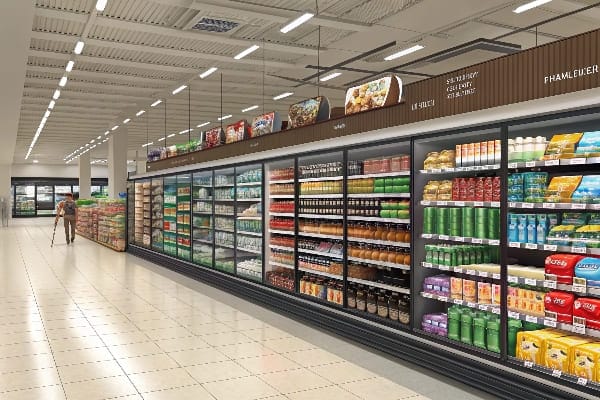
Good ideas risk being skipped if the text ends here, so let me unpack the simple strip and show how it solves many store-floor headaches.
What is the best way to display merchandise?
Crowded shelves confuse buyers. Empty shelves waste profit. I tackle both by starting with a clear goal, then I build the space for that goal.
The best way is to place the right item at the shopper’s decision point, keep lines tidy, and let nothing block sight or reach.
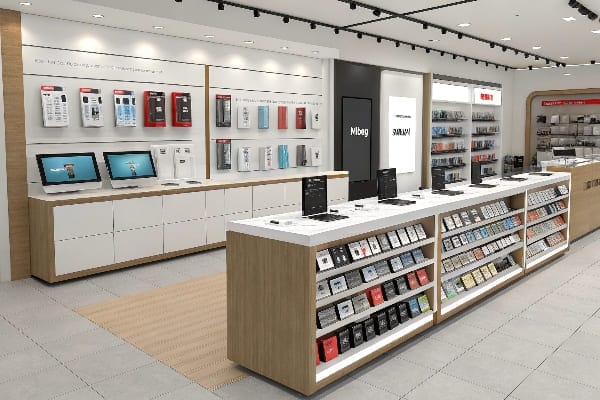
Key Principles I Follow
| Principle | Simple Action |
|---|---|
| Eye Level Priority1 | Hang or place top sellers where the average eye first lands. |
| Natural Flow | Arrange left-to-right (or entry-to-exit) so choices feel easy. |
| One Decision at a Time2 | Show only one clear offer per visual block to prevent overload. |
| Cross-Merch Density3 | Use strips, wings, or cardboard endcaps to bundle helpers, not clutter. |
Why This Works
When I test new crossbow wax packs, I clip them beside strings rather than hide them on a lower shelf. The strip turns a forgotten extra into an impulse sale. A small cardboard header tells the benefit, then gravity keeps stock neat. Staff refill in seconds because each hook is visible from the aisle. No shopper bends, and no planogram shifts. My factory prints the headers fast, so every season I refresh art with a bold color that fits the hunting story. The result is higher units per transaction and less floor space cost. Simple rules, steady gains.
How you keep a display area safe during the merchandising process?
A falling box or a snagged hook can hurt a customer and ruin trust. I need safety first, sales second.
I clear the aisle, secure lifts, test weight limits, and post “work in progress” signs before touching any display hardware.
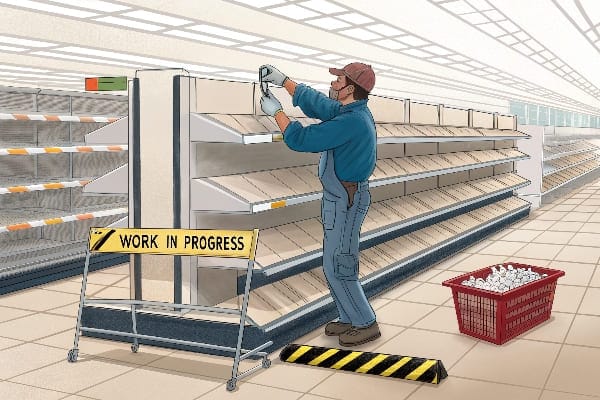
Safety Steps I Never Skip
| Risk | Quick Fix | Result |
|---|---|---|
| Trip hazards from tools | Store tools in a belt or cart, never on the floor. | Open path |
| Top-heavy stacks | Load heavy stock low, light stock high. | Stable build |
| Sharp clip ends | Use rounded or capped strips from certified suppliers. | No cuts |
| Unclear work zone | Place cones and signs at both ends. | Shoppers reroute |
Keeping It Real
I once rushed a bow display for Black Friday and skipped cones. A child reached for a loose arrow tube and nearly tipped the rack. Now I lock the aisle for ten minutes, finish, then reopen. My team wears hi-vis vests that match our brand orange, so we stay on theme yet remain obvious. During load tests in my Guangzhou plant, we hang sandbags on each strip to mimic heavy winter gloves or arrow broadheads. If the strip warps, it fails the audit and never ships. These simple moves safeguard both people and profit.
What is display in merchandising?
Many confuse “display” with “decoration.” A display is a sales tool, not just pretty art.
A merchandising display is any planned arrangement that shows product, price, and benefit in a way that guides a shopper to buy.
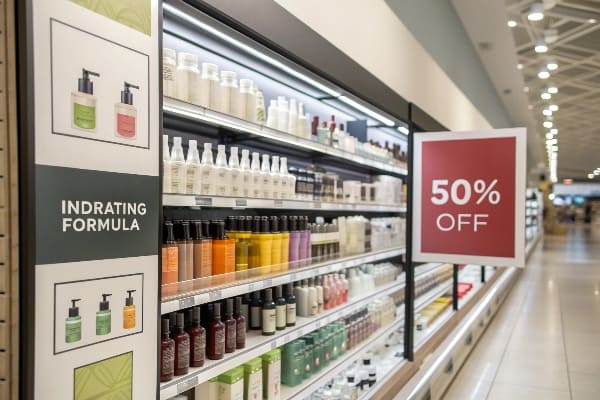
Parts of a Real Display
| Component | Purpose | Example in My Factory |
|---|---|---|
| Structure | Holds weight and shape | Recycled corrugated stand |
| Graphics | Communicate value | UV print brand story |
| Placement | Meets the shopper | Endcap near front entrance |
| Stock Flow | Keeps items ready | Clip strip refill panels |
Value Beyond Looks
I design every cardboard stand with slots that slide together, so staff need no tools. Graphics show the bow drawn, while bullet text lists draw weight and speed. That gives clear value. Price tags clip on, and a QR code links4 to a demo video. By turning the stand into a silent seller5, I free staff to close bigger deals. Displays are living assets6 that pay rent through each extra unit sold.
What is the significance of proper merchandise presentation What is cross merchandising?
Messy shelves drain trust. Isolated items miss upsell chances. Good presentation and cross merchandising fight both problems.
Proper presentation builds confidence, and cross merchandising places related items together to raise basket size without extra floor rent.
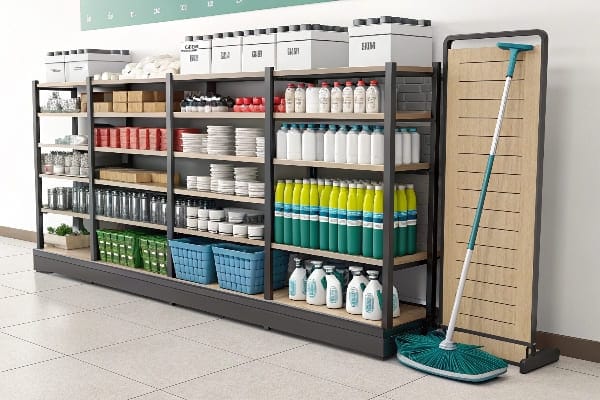
Presentation and Cross-Sell Matrix
| Goal | Presentation Tactic | Cross-Merch Idea | Outcome |
|---|---|---|---|
| Boost confidence | Front-edge all boxes | Show warranty badge | More first-time buyers |
| Increase ticket | Bundle accessories | Clip wax beside strings | +20% attachment rate |
| Cut returns | Clear specs on header | Compare sizes on strip | Fewer mismatches |
| Save space | Vertical strip | Share pegboard | Aisle stays open |
Why I Rely on This
When I launch a new camo pattern, I clip matching wrist slings beside the bow limbs. The pattern echo catches the eye. Using a slim strip avoids a full shelf reset. Graphics on the strip header read “Complete the Hunt,” nudging the pair sale. Production is easy: my factory prints on a single litho sheet, then die-cuts both header and backing in one pass. Less waste, faster turn. Customers leave with a coordinated kit, and I lock in repeat orders because they trust the match.
Why displays are so important in any retail environment?
Stores compete for attention the second a customer walks in. A display is the silent pitchman.
Displays create first impressions, guide traffic, explain value, and convert browsers into buyers even when staff are busy.
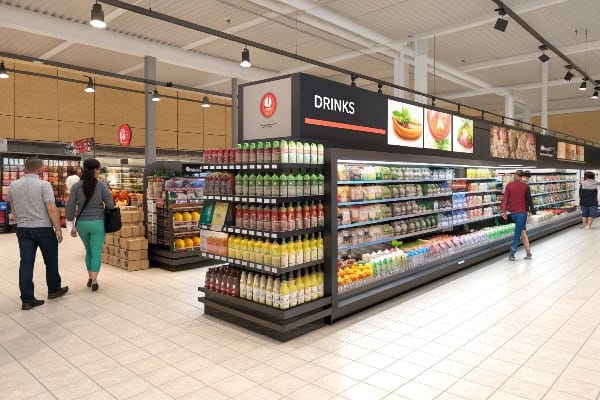
Display Impact Map
| Impact Area | Simple Metric | How I Track |
|---|---|---|
| Footfall draw | Dwell time7 | Overhead camera |
| Conversion | Units per 100 visitors8 | POS data |
| Upsell | Average ticket | Basket analysis |
| Brand recall | Post-visit survey | Email follow-up |
Real-World Proof
In one hunting chain, we tested identical crossbows. The only change was a bold cardboard tower with a 3-D arrow burst. Units sold rose 35% over stores that only used shelf tags. The tower cost under 2% of the added revenue. I share that data with buyers to secure larger seasonal orders. Displays scale the story without new payroll. Plus, cardboard flat-packs reduce freight, so the ROI stays strong9 across markets like the U.S., Canada, and the U.K.
What is a clip strip in retail?
People call it many names—hang strip, impulse strip—but the job is the same.
A clip strip is a slender vertical strip with hooks or slots that hangs from a shelf or peg to display multiple lightweight items in a single drop.

Anatomy and Uses
| Part | Detail | Benefit |
|---|---|---|
| Top Hook | Hangs on shelf edge or peg | No tools needed |
| Body | Plastic, metal, or printed card | Holds graphics |
| Clips/Slots | 6–12 evenly spaced | Secure packs |
| Header Card | Optional branded panel | Shouts offer |
Why I Love Clip Strips10
They arrive flat, ship cheap, and install in seconds11. In my plant we load test with 1 lb sandbags per clip to ensure no bending. For Barnett Outdoors I tint strips forest green and print a deer icon so they blend with the main display yet stand out by color pop. When the season changes, the buyer swaps to blaze orange headers and reuses the same strip body, cutting waste and cost. Staff can face the strip while greeting customers, so stock never runs low. This small tool turns forgotten wax, lube, or nock kits into steady add-on sales.
Conclusion
Display strips and smart layouts let me sell more with less space, keep shoppers safe, and turn every aisle into a silent, hard-working partner.
Understanding eye level priority can significantly enhance product visibility and sales in retail environments. Explore this link to learn more. ↩
Limiting choices can reduce shopper overwhelm and improve decision-making. Learn how to apply this principle effectively. ↩
Cross-merch density can optimize space and increase impulse purchases. Discover effective strategies to implement this in your store. ↩
Discover the impact of QR codes on customer interaction and sales in retail environments. ↩
Explore how silent sellers enhance retail efficiency and boost sales without staff intervention. ↩
Learn how living assets can transform retail strategies and increase profitability over time. ↩
Understanding dwell time can help you optimize store layouts and improve customer engagement, leading to increased sales. ↩
Calculating this metric is crucial for assessing conversion rates and improving sales strategies in your business. ↩
Exploring this can provide insights into maximizing your investment in retail displays for better profitability. ↩
Explore how Clip Strips can enhance your retail display and boost sales with minimal effort. ↩
Discover quick installation techniques for retail displays to save time and improve efficiency. ↩

